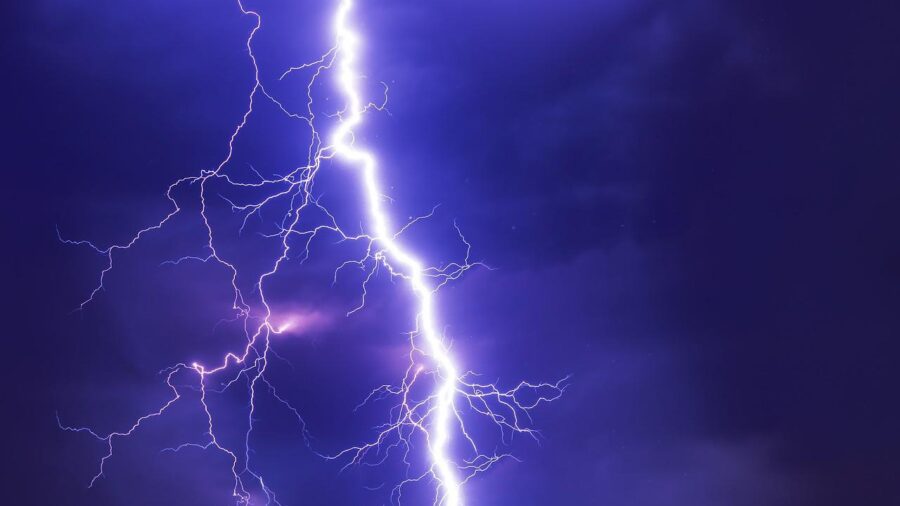Scientists Can Now Take Electricity From Thin Air
Engineer Xiaomeng Liu is working on a way to extract electricity from humid air.

Always breaking the mold on what’s deemed impossible, scientists have discovered a way to create electricity out of thin air. From human brains to dog brains, researchers have been on top of their jobs more than ever, and now, according to a team at the University of Massachusetts Amherst (via Advanced Materials), led by esteemed engineer Xiaomeng Liu, a discovery known as the “generic Air-gen effect” could change how we tap into electricity.
While many regions are preparing themselves for the arrival of the unpleasantness of humidity that will run rampant over the summer, it’s in that nasty, watery air that the electricity can be pulled from. Finally – something good is coming from the ultimate hair frizzer! Although the study is still in the early stages and is yet to be anywhere near ready for the public to use, the researchers have found that to drag electricity from the air, the material will need to have nanopores that are less than 100 nanometers in diameter.
Essentially, the size is around a thousandth of the width of a strand of human hair.
In a statement, engineer Jun Yao told readers to imagine a cloud — something that’s made out of crowded water droplets. As we already know, when the weather pattern calls for it, those droplets work together to conduct their own display of electricity – lightning. With this process in mind, the scientists are moving forward with a way to build a man-made cloud that would be able to duplicate this process.

Even though it’s still a long way off from leaving its mark on civilians like us, this is a major step forward for how we conserve and obtain clean electricity from the all-surrounding air. Yao took the excitement and possibility a step further, revealing that should the tests continue to move forward at the pace they are now, people and places all around the world – from rainforests to more arid environments – would be able to harness the power of air-based electricity.
So, what’s the next step forward for the scientists at the University of Massachusetts? Now that they have their goal of air-created electricity in sight, they’ll need to try out several devices to see how they perform with their findings. The researchers have a lot of hope for what’s to come and what could be possible with Liu saying that it was a “very exciting” and promising discovery that could open “a wide door for harvesting clean electricity from thin air.”
With artificial intelligence moving forward (for better or for worse) on an almost daily basis, these discoveries and advances in technology by way of electricity harvesting could have profound effects on how we look at the future of renewable energy. While fossil fuels and global warming have dominated much of the conversation, the idea of renewable energy at any cost – especially when it comes to pulling electricity out of the air – is a really exciting one that we can’t wait to cover more in the future. Stay tuned for more information on this and all scientific updates as they become available.












